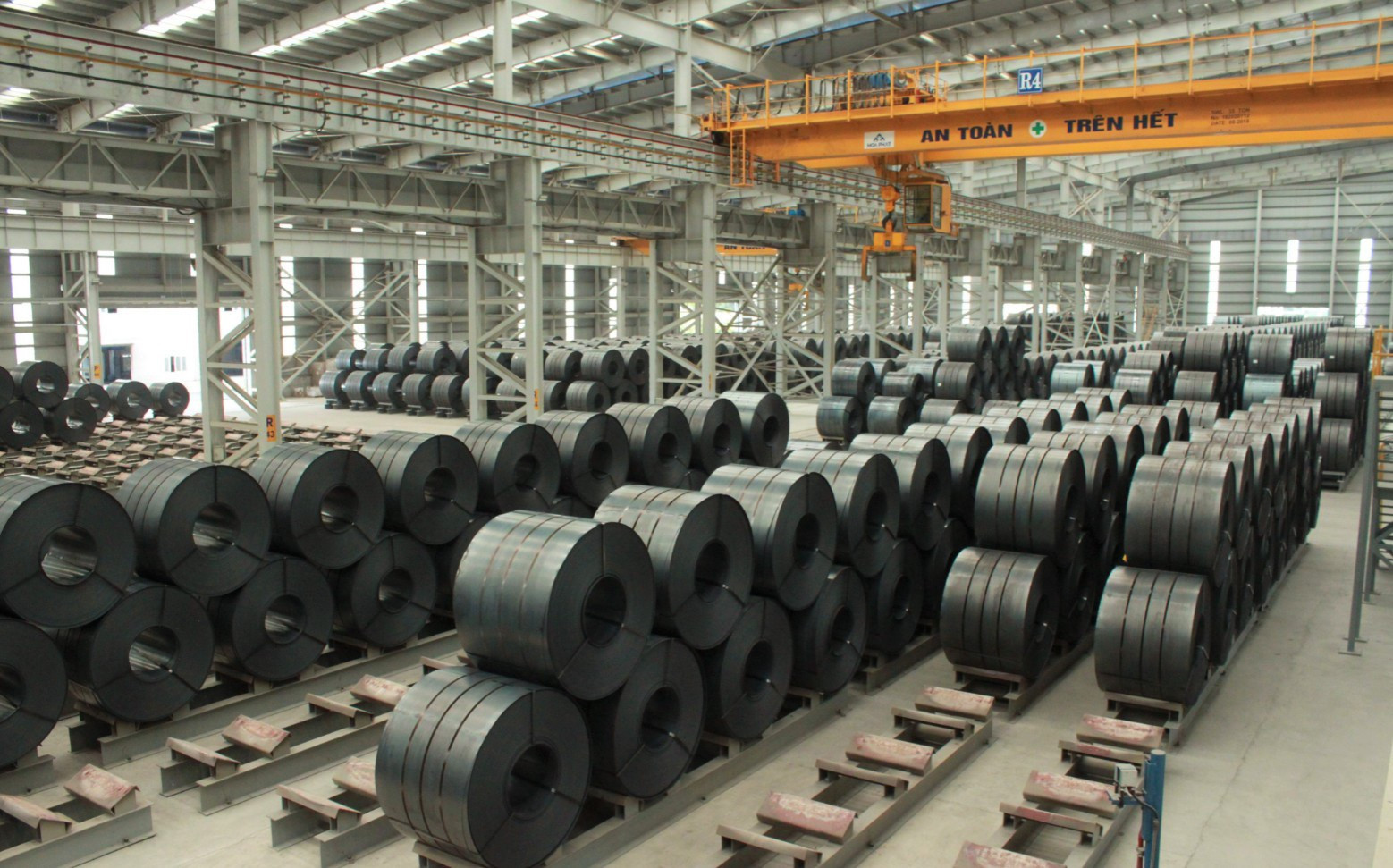
According to the Mercantile Exchange of Vietnam (MXV), 2022 was a year of price fluctuations for many goods. The pressure may be less in 2023, but predictability won’t be obtained in the short term. Manufacturers therefore need to keep a close watch over material price fluctuations.
Pham Quang Anh, director of the Vietnam Merchandise News Center, said the price of metals, including copper and steel, have recovered significantly compared with half a year ago.
Copper prices quoted at COMEX have increased by 30 percent from a low seen last July, while iron ore prices at the Singaporean exchange gained a 6-month peak of $120 per ton. These were attributed to the reopening of China.
However, metal prices have been under pressure again.
Though there have been signs showing lower inflation in the US and Europe, and interest rate hikes have begun slowing down since late 2022, worries about recession still exist.
“This may lead to limited demand for steel, the major resource for infrastructure, which is a momentum for economic development.” Anh said.
The International Monetary Fund (IMF) has predicted a 2.9 percent growth rate for the world economy in 2023 (it was 3.4 percent last year), while the growth of Vietnam’s economy will slow at 6.2 percent.
For developing countries, including Vietnam, weak demand from leading import markets pose a challenge for steel manufacturers. The US consumes 8 percent of Vietnam’s exports, and the EU 16 percent.
Such pressure from large economies will make it more difficult to step up structural steel exports. The high reliance on imported input materials is also a threat, because material prices fluctuate regularly.
Many large steel manufacturers in Vietnam have announced steel selling price increases, starting February 7. This is the fourth price increase within one month.
“Steel prices have increased again, but mostly because of input material price increases, not because of domestic demand,” Anh explained.
However, there are many factors that favor building material producers, including the government’s policy on stepping up public investment as part of the plan to stimulate the economy.
Many important national inter-regional projects, including development programs using ODA (official development assistance) capital, will be implemented. The controlled dong/dollar exchange rate is also a factor that will help stabilize material import prices.
Hanh Nguyen